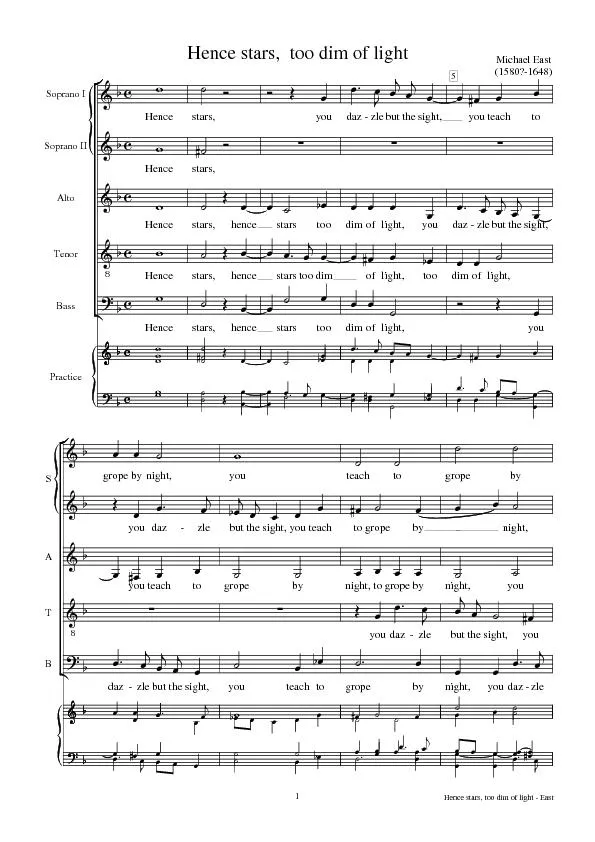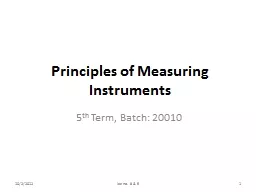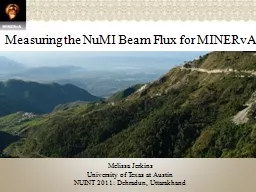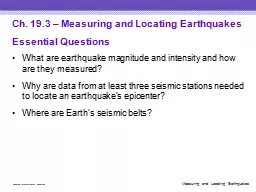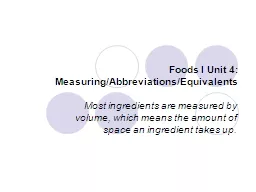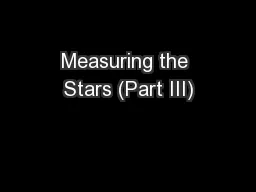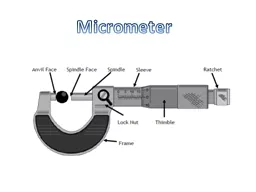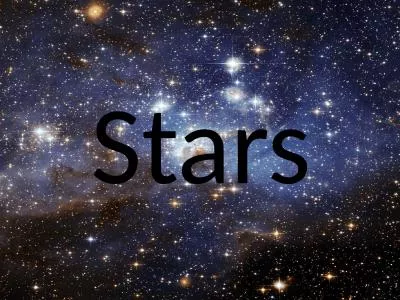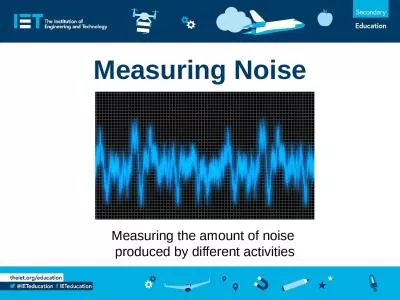PPT-Measuring the Stars
Author : debby-jeon | Published Date : 2017-12-22
How big are stars How far away How luminous How hot How old and how much longer to live C hemical composition How are they moving Are they isolated or in clusters
Presentation Embed Code
Download Presentation
Download Presentation The PPT/PDF document "Measuring the Stars" is the property of its rightful owner. Permission is granted to download and print the materials on this website for personal, non-commercial use only, and to display it on your personal computer provided you do not modify the materials and that you retain all copyright notices contained in the materials. By downloading content from our website, you accept the terms of this agreement.
Measuring the Stars: Transcript
Download Rules Of Document
"Measuring the Stars"The content belongs to its owner. You may download and print it for personal use, without modification, and keep all copyright notices. By downloading, you agree to these terms.
Related Documents




